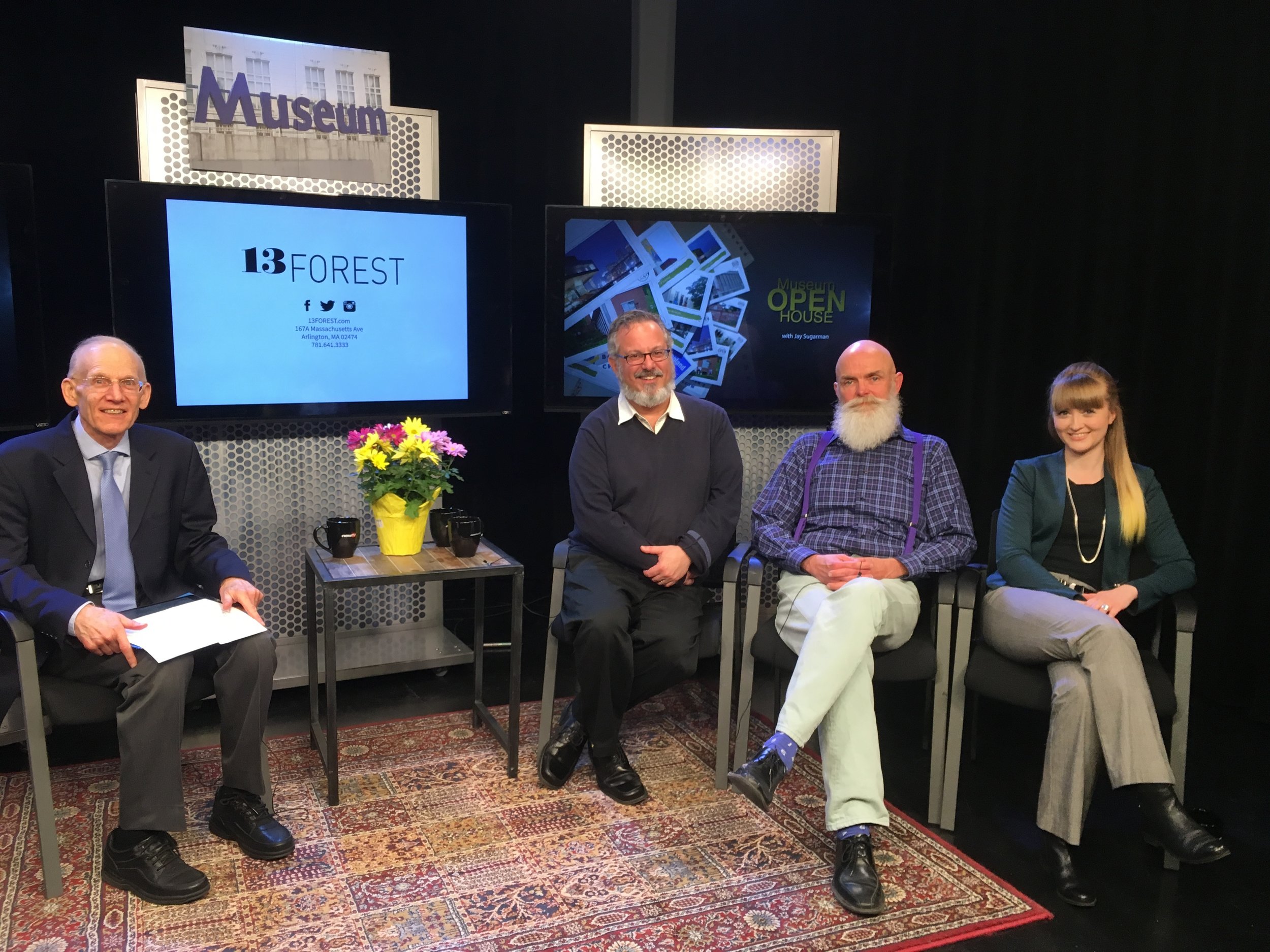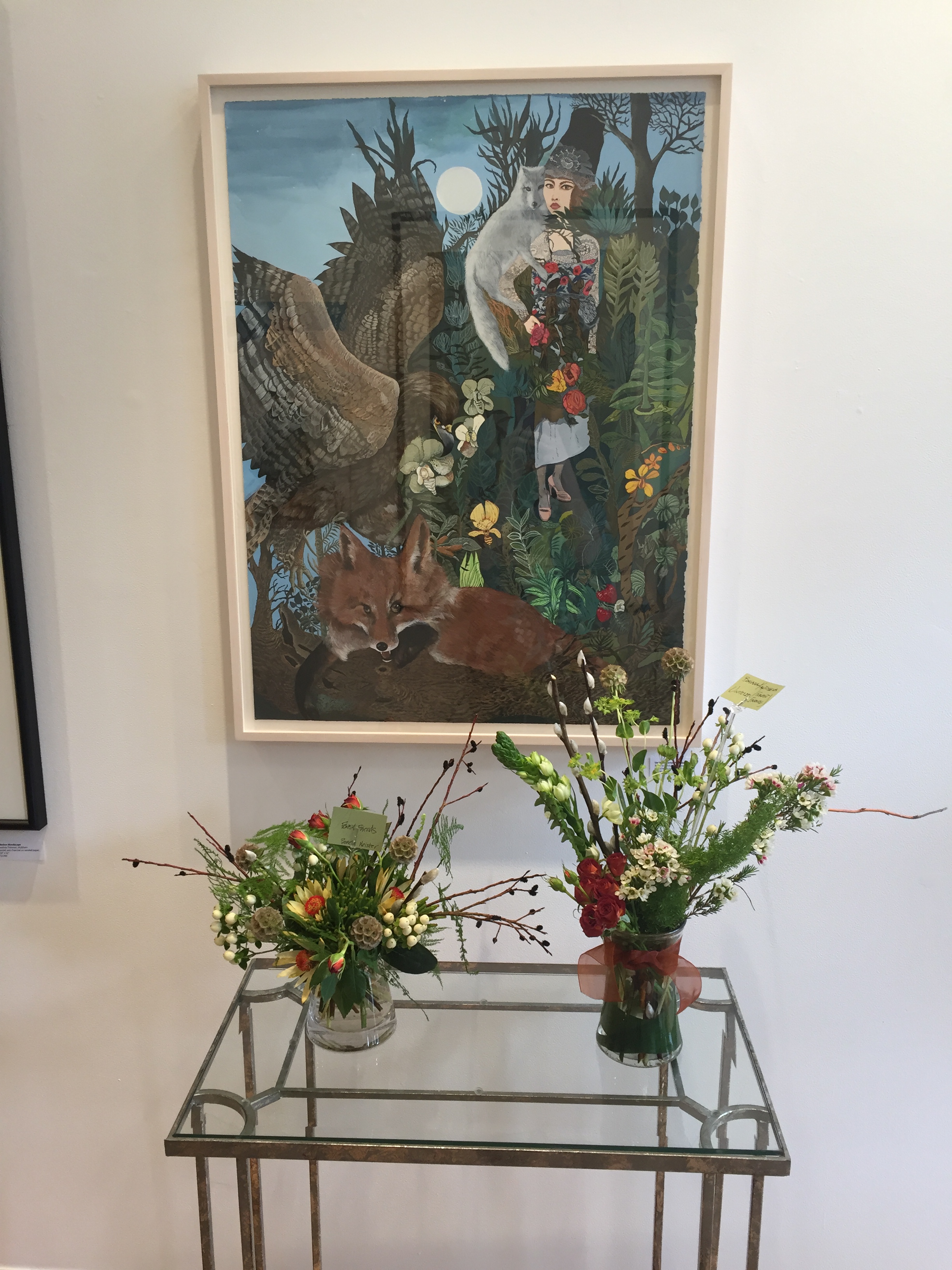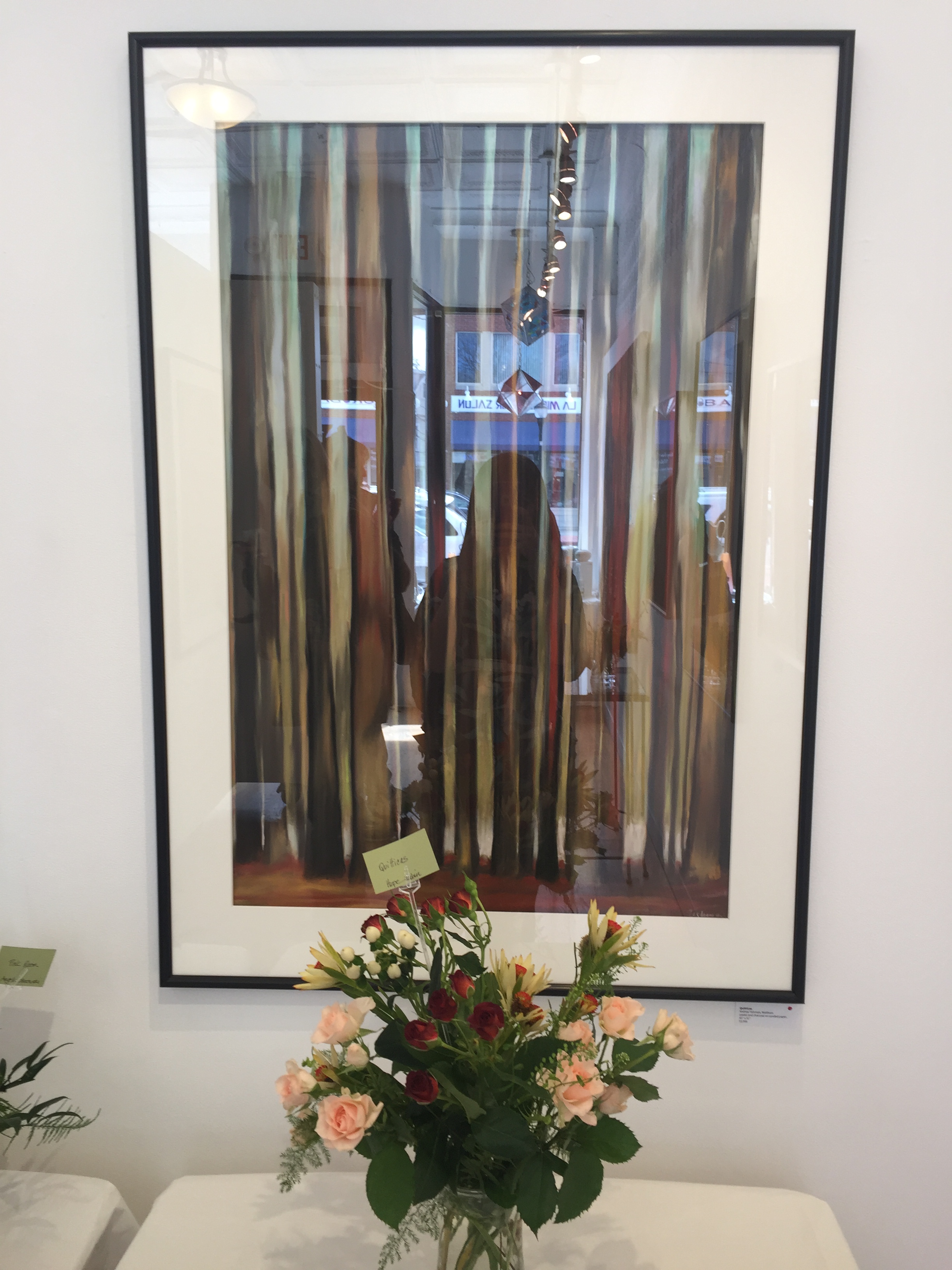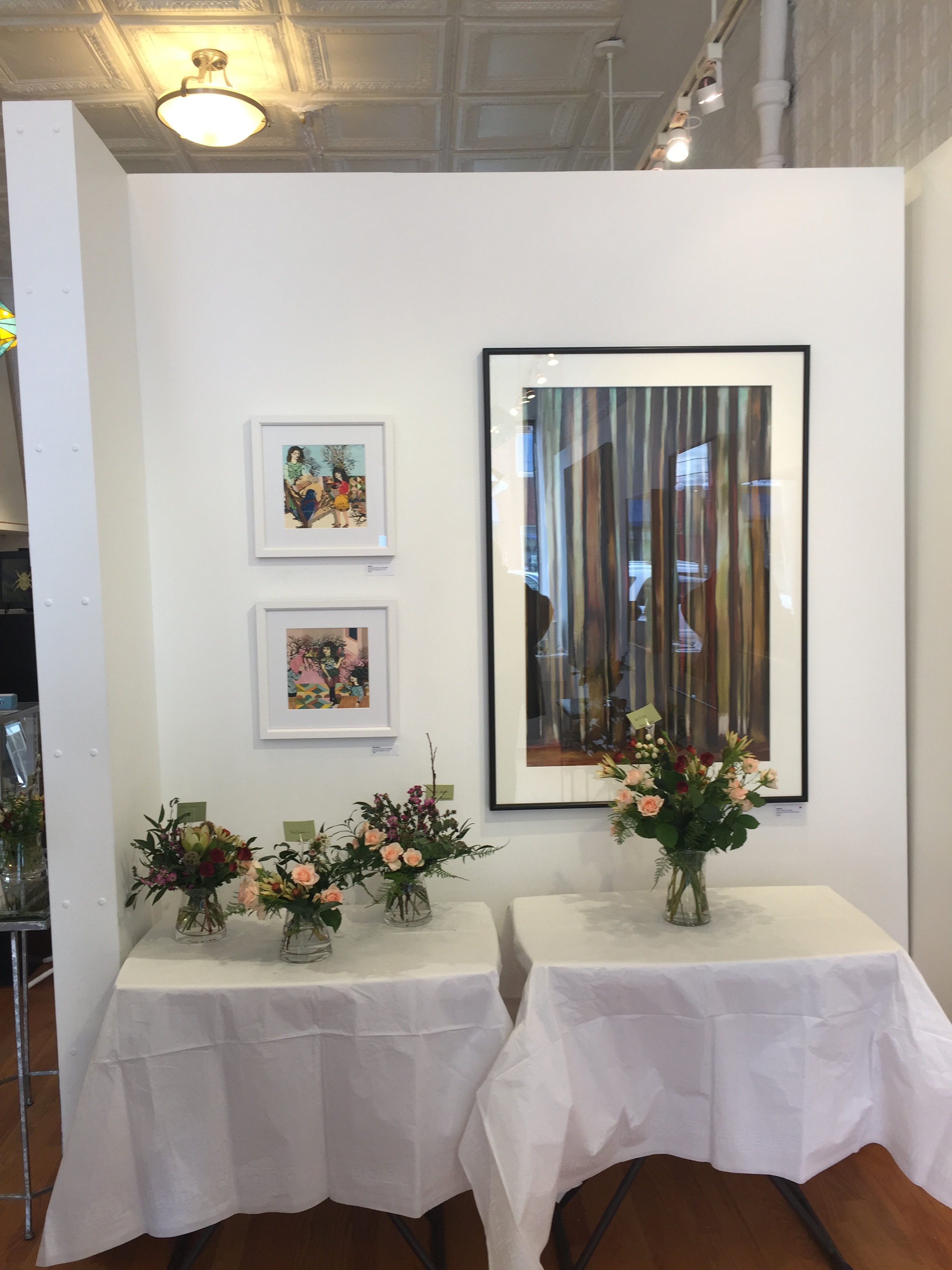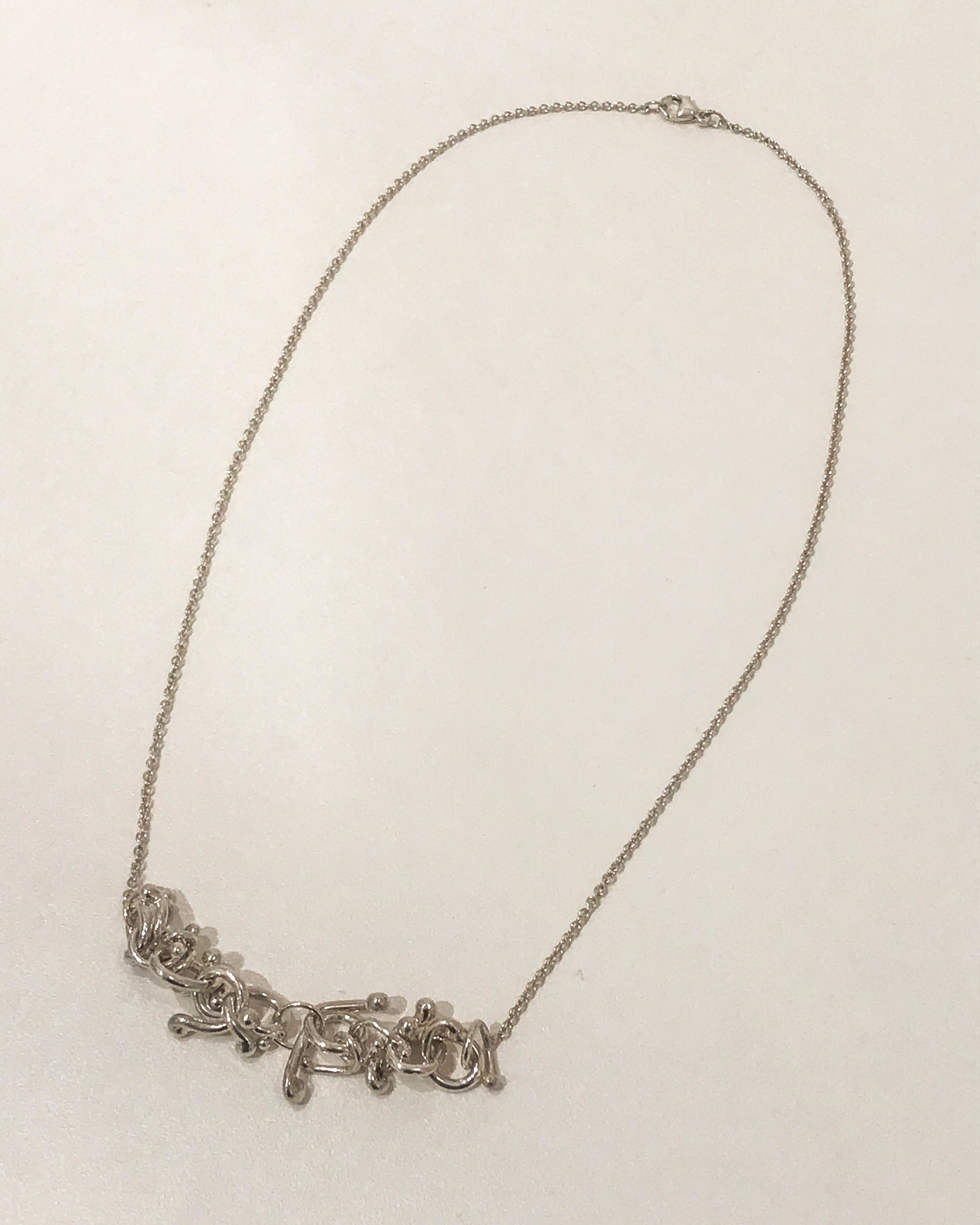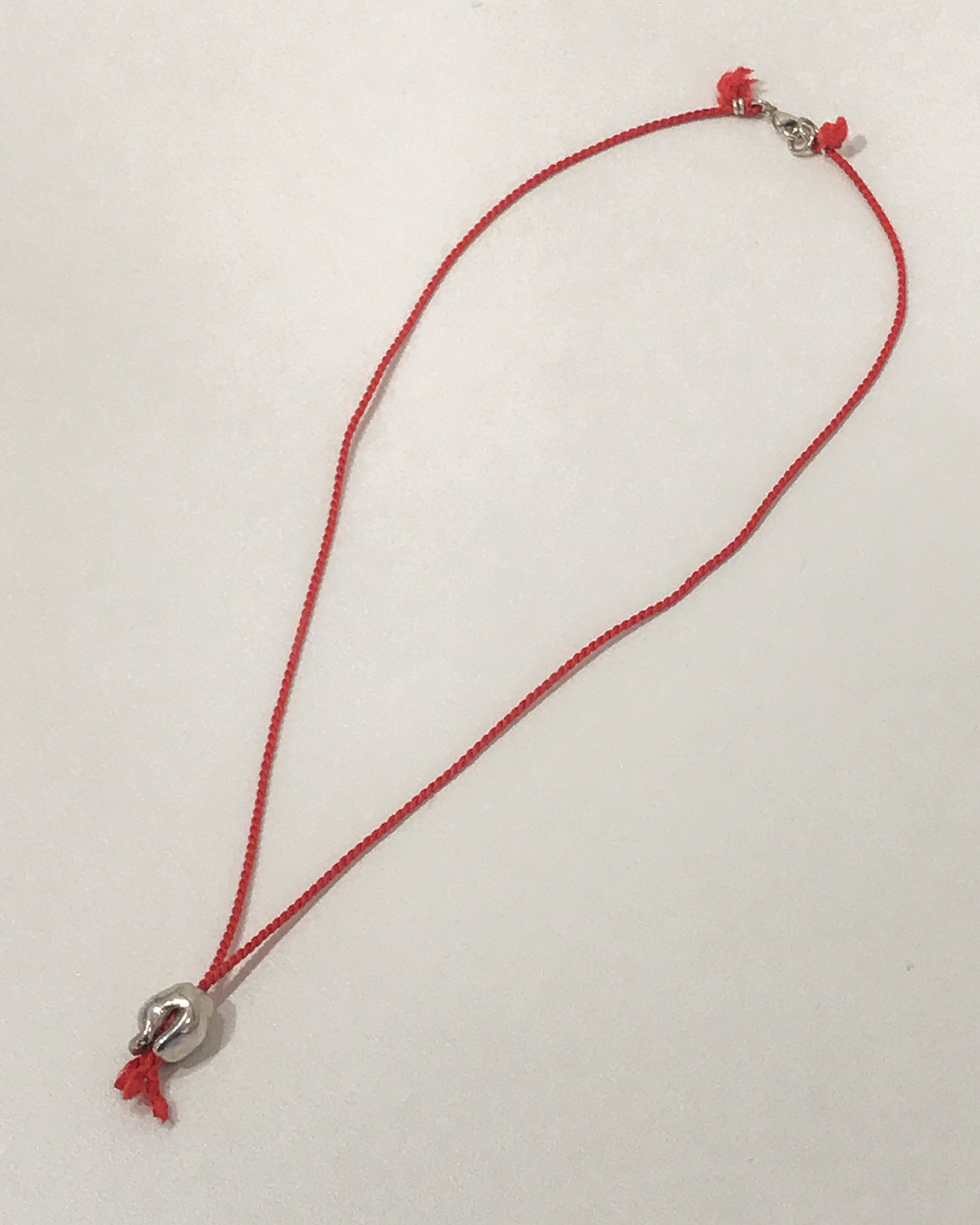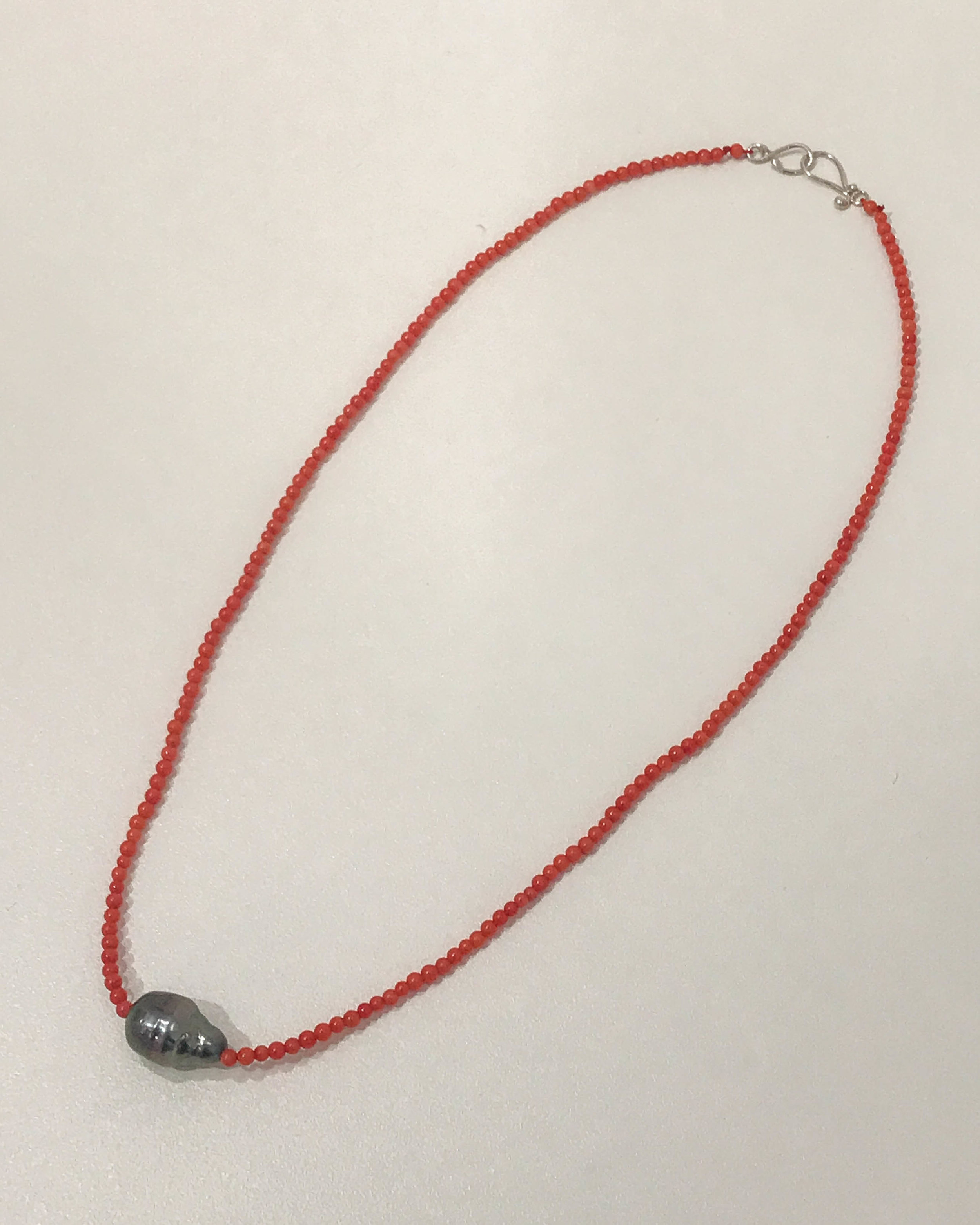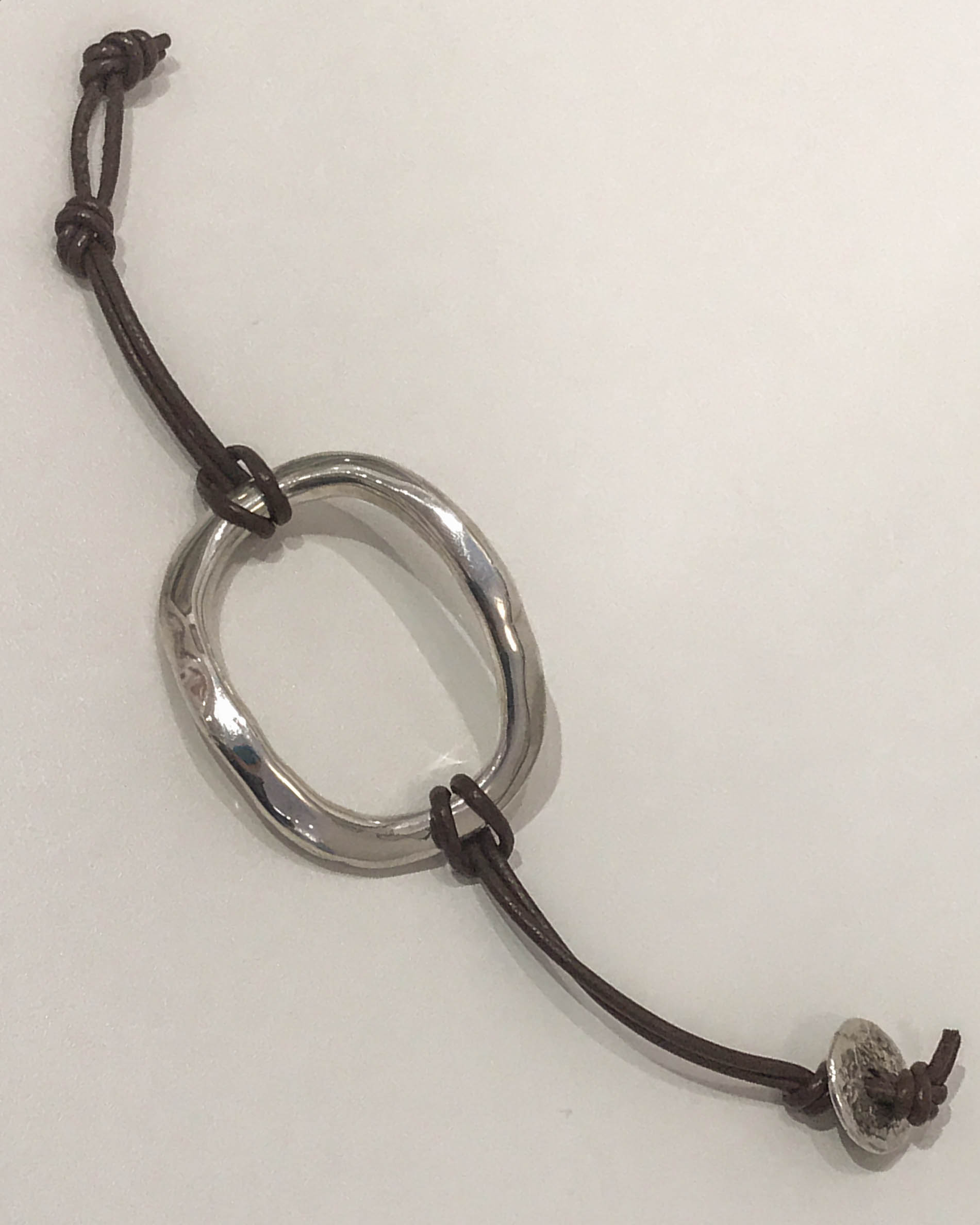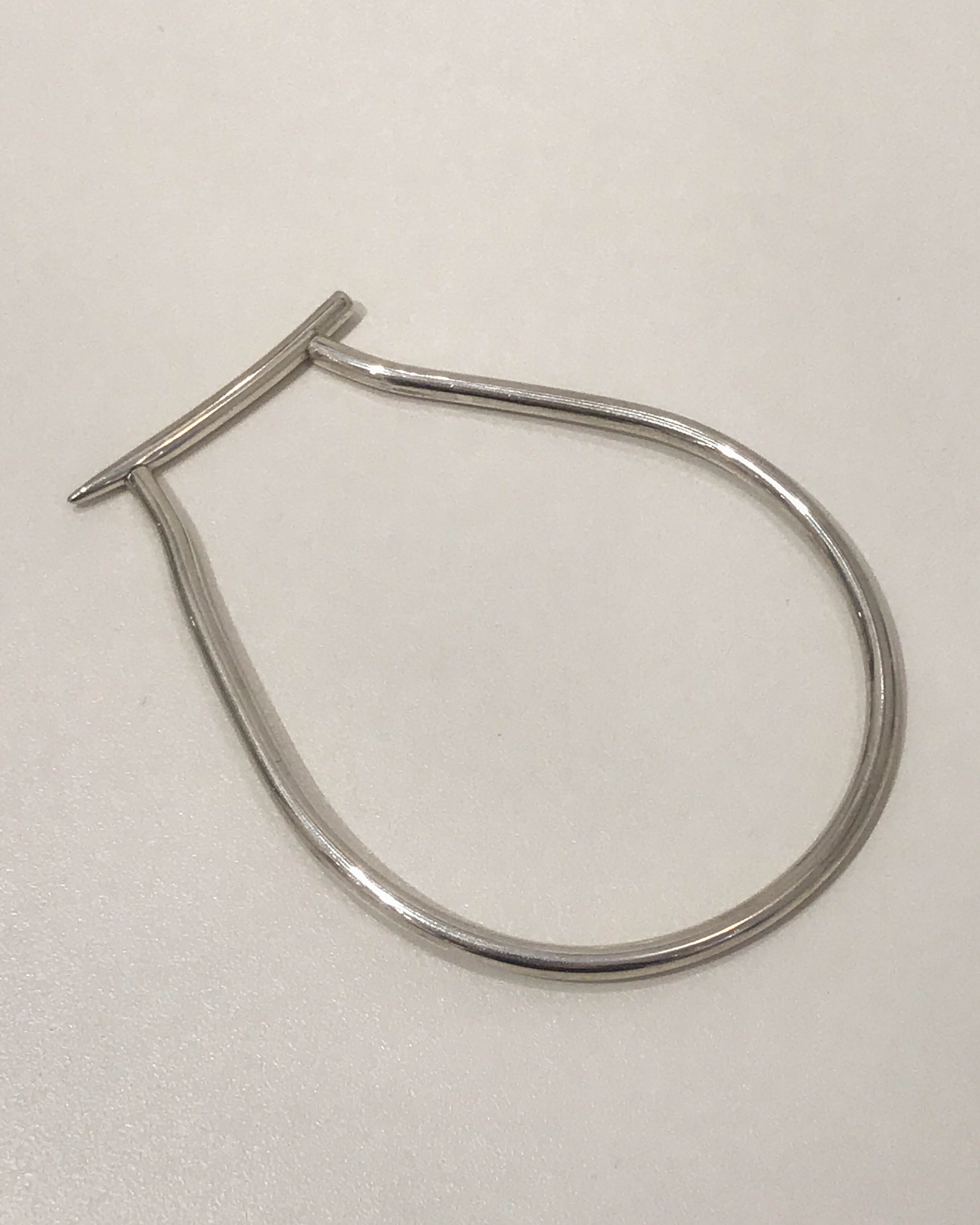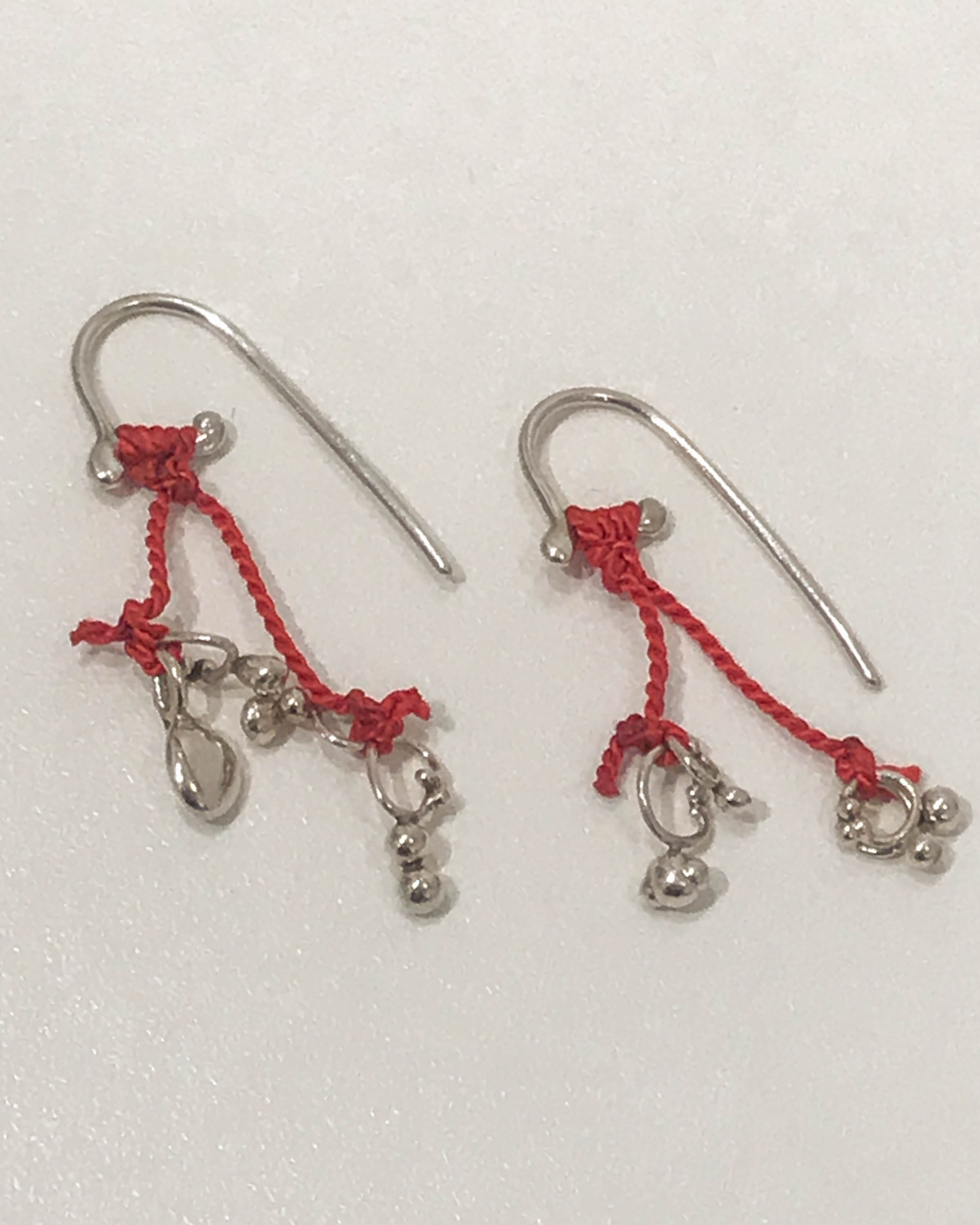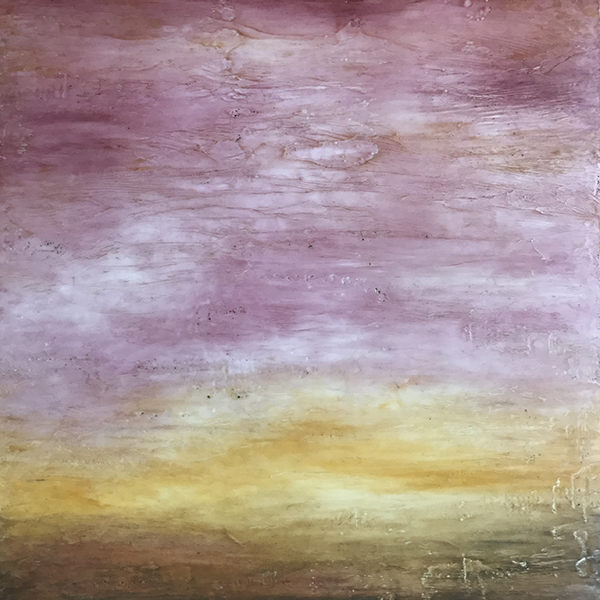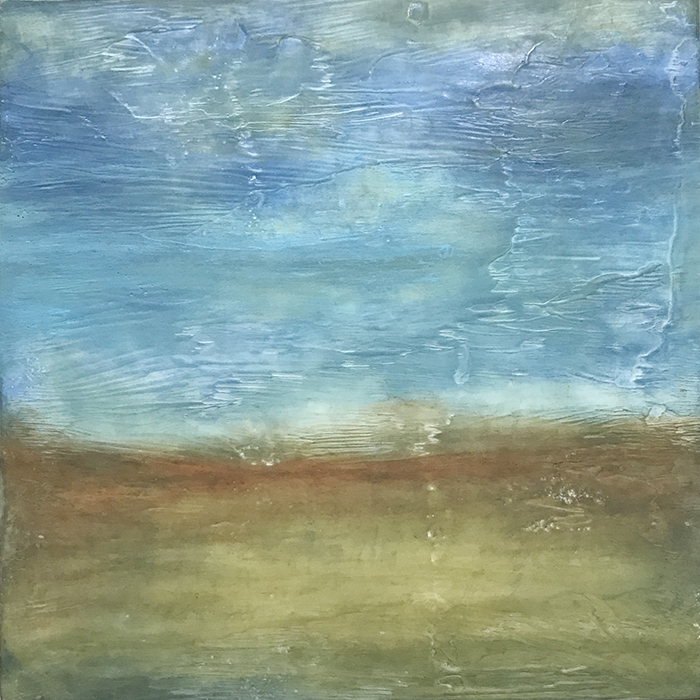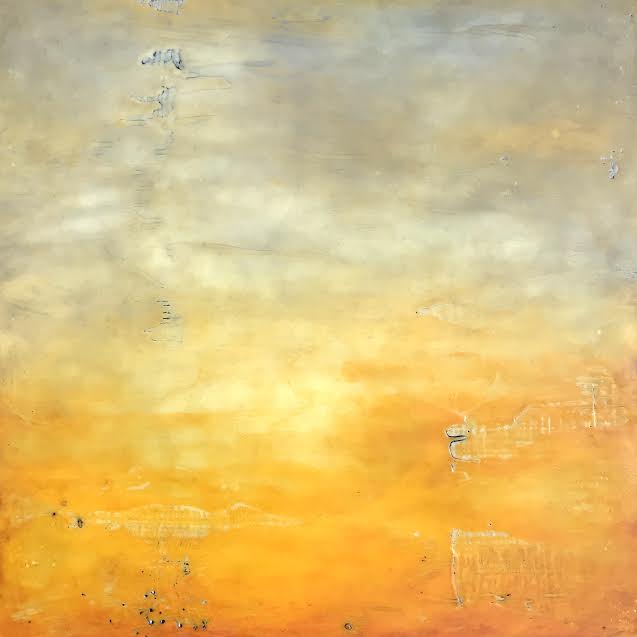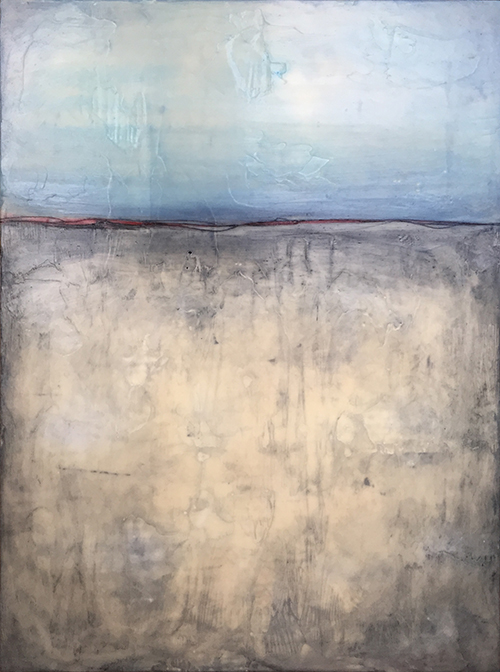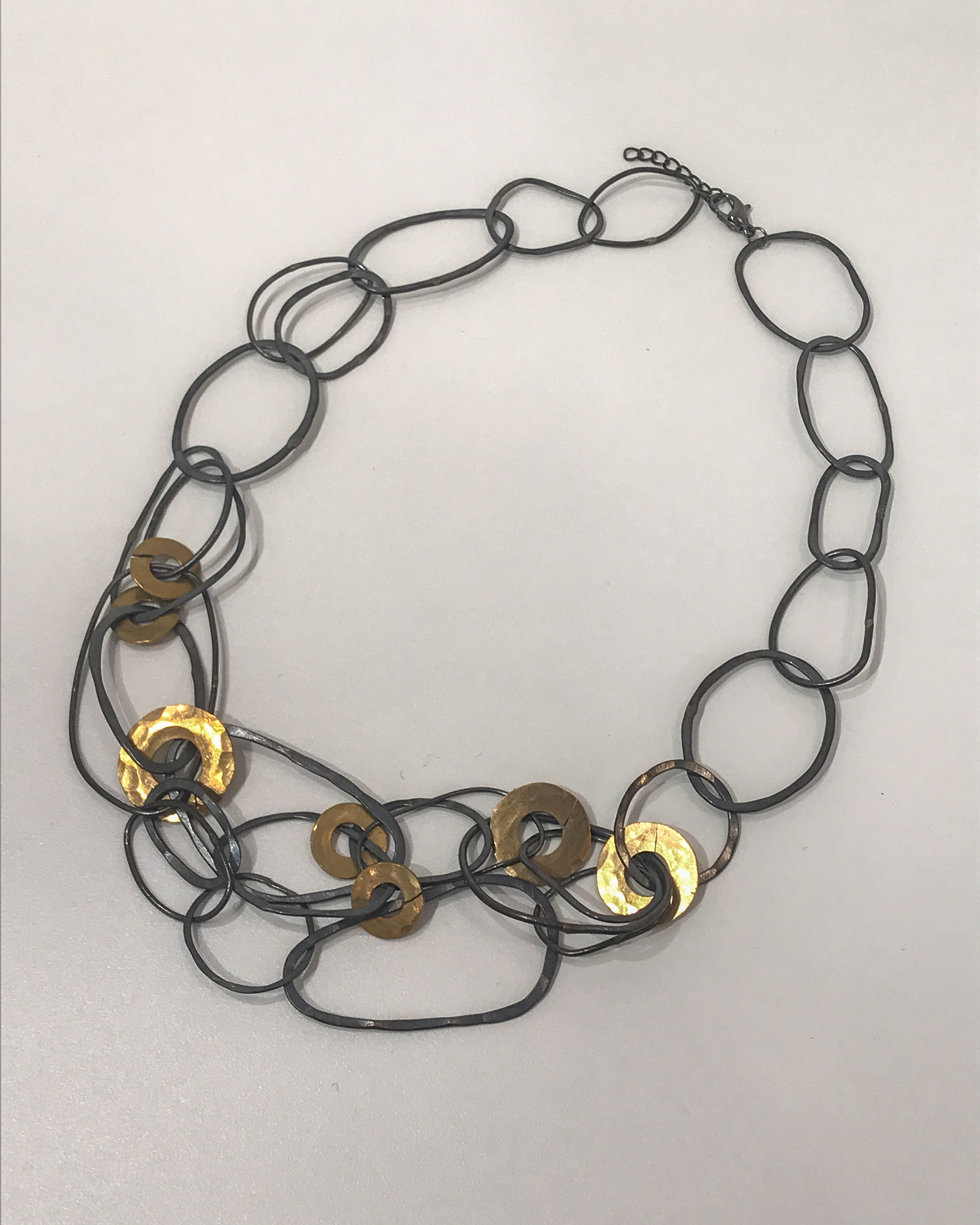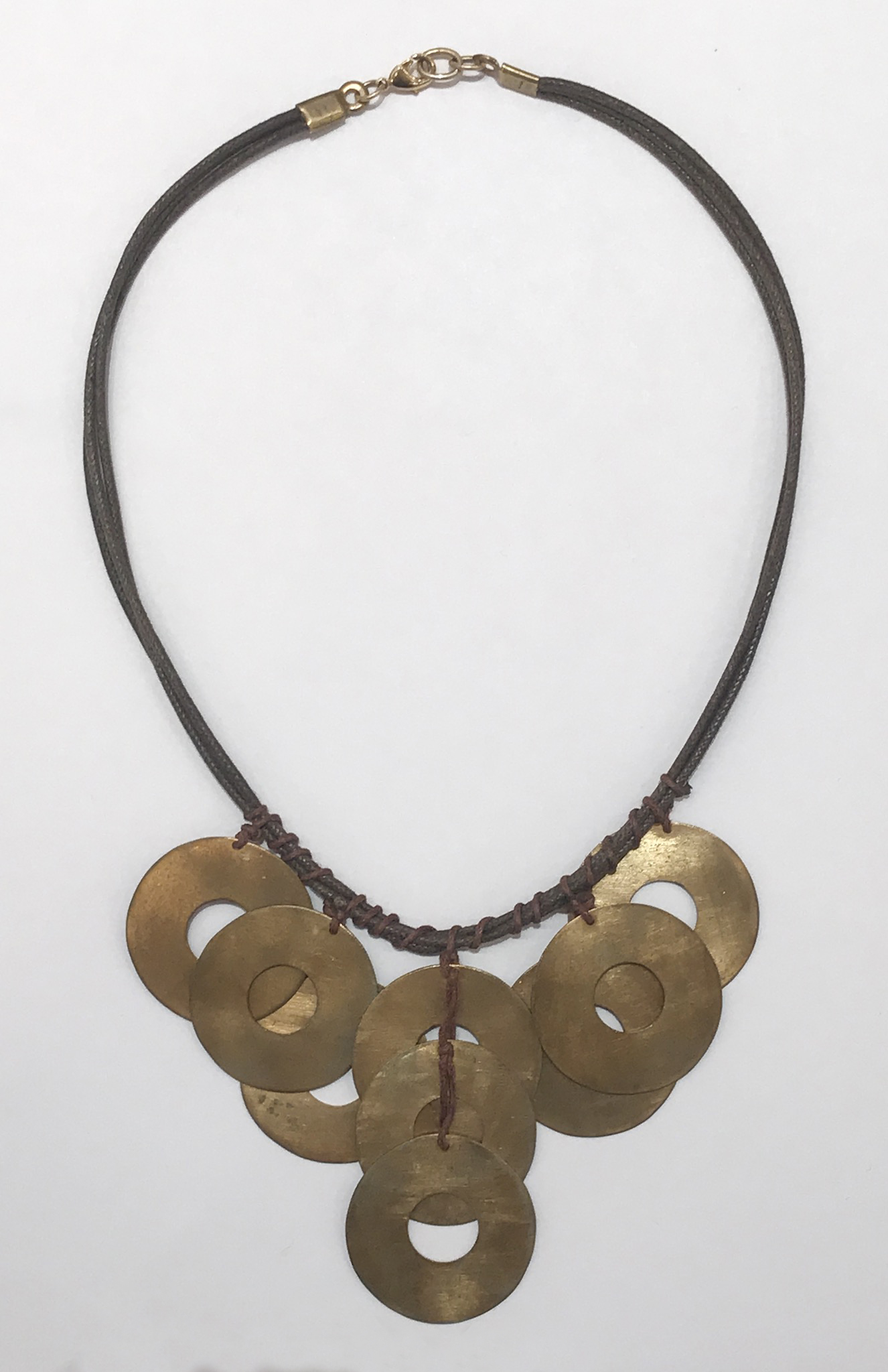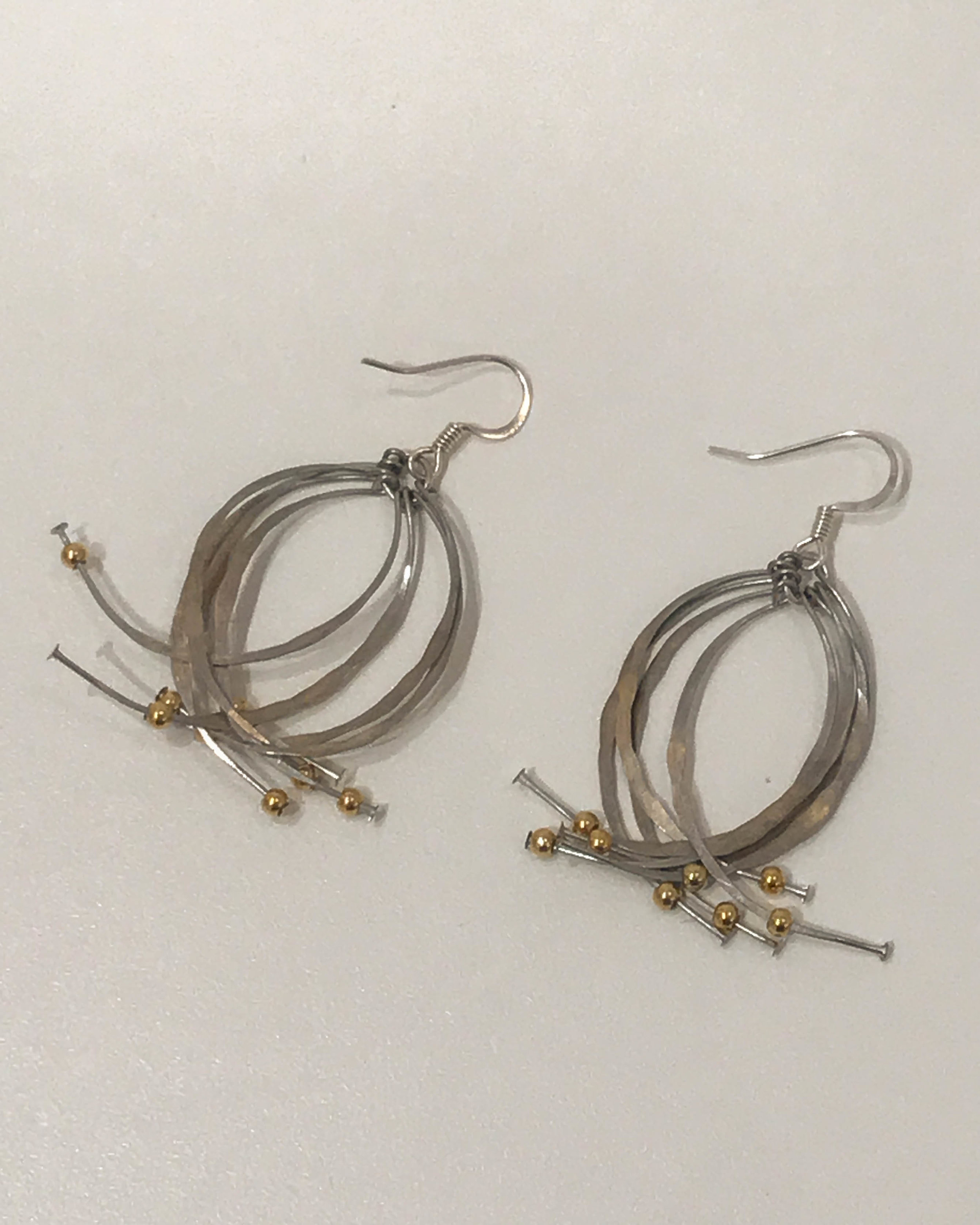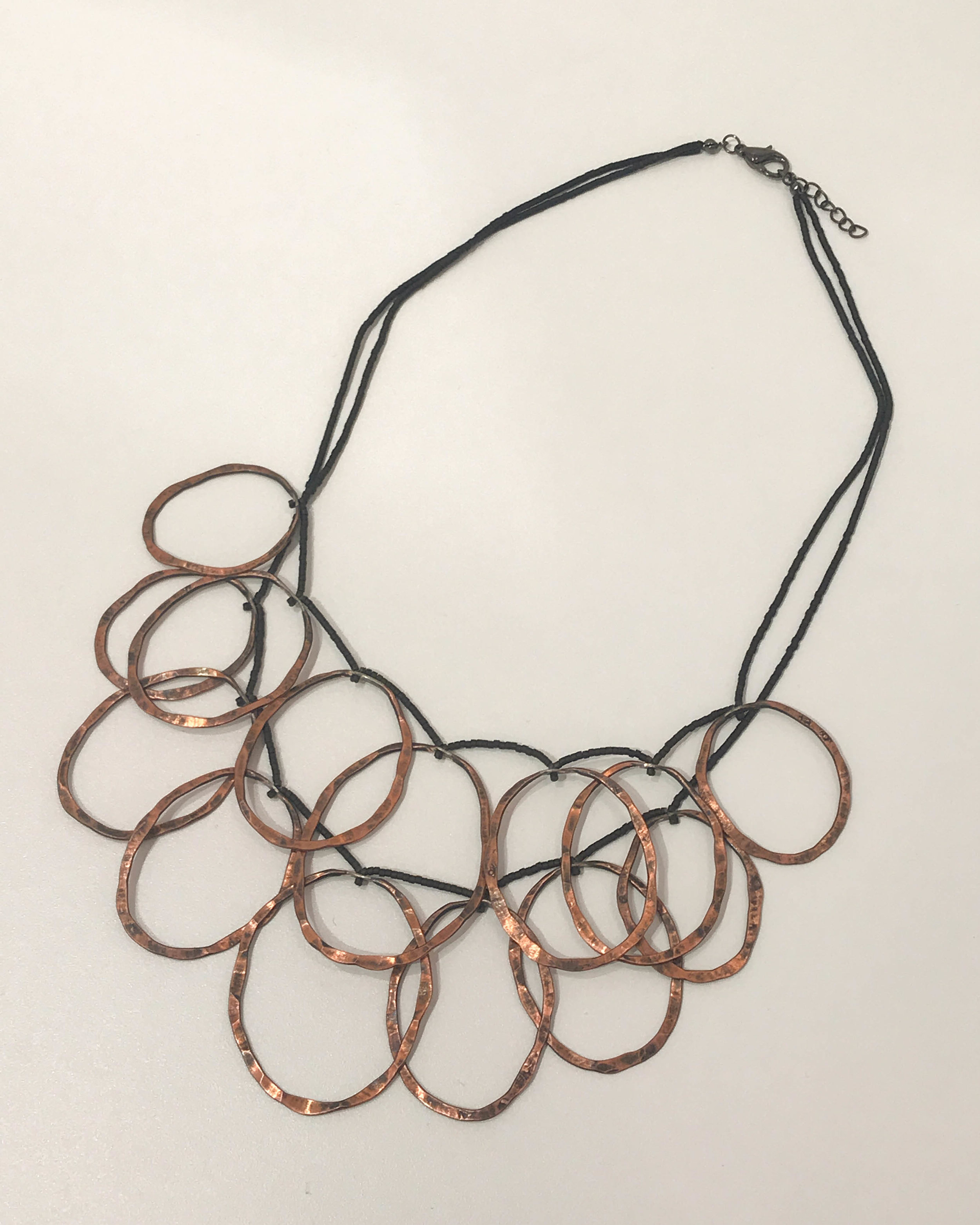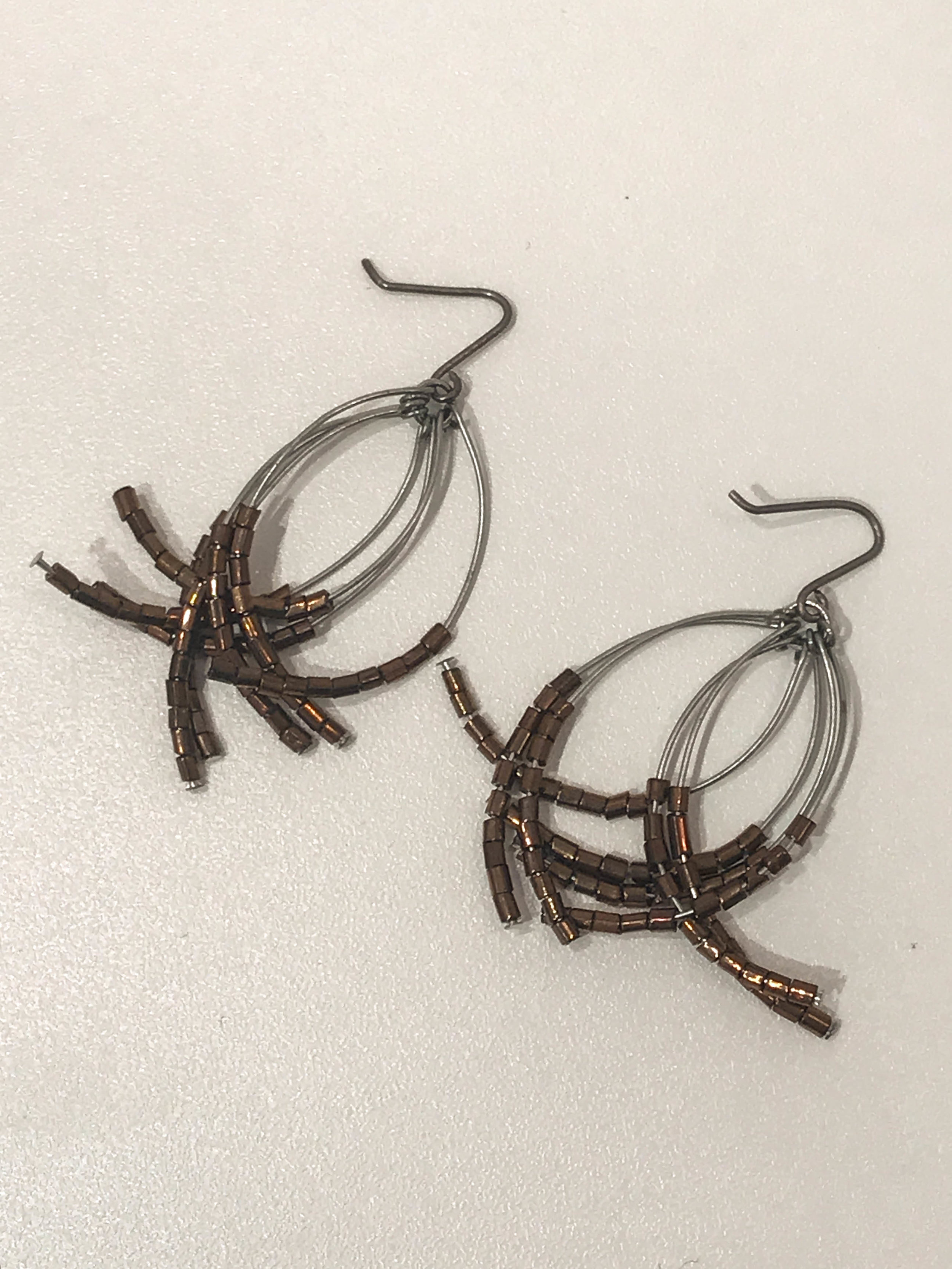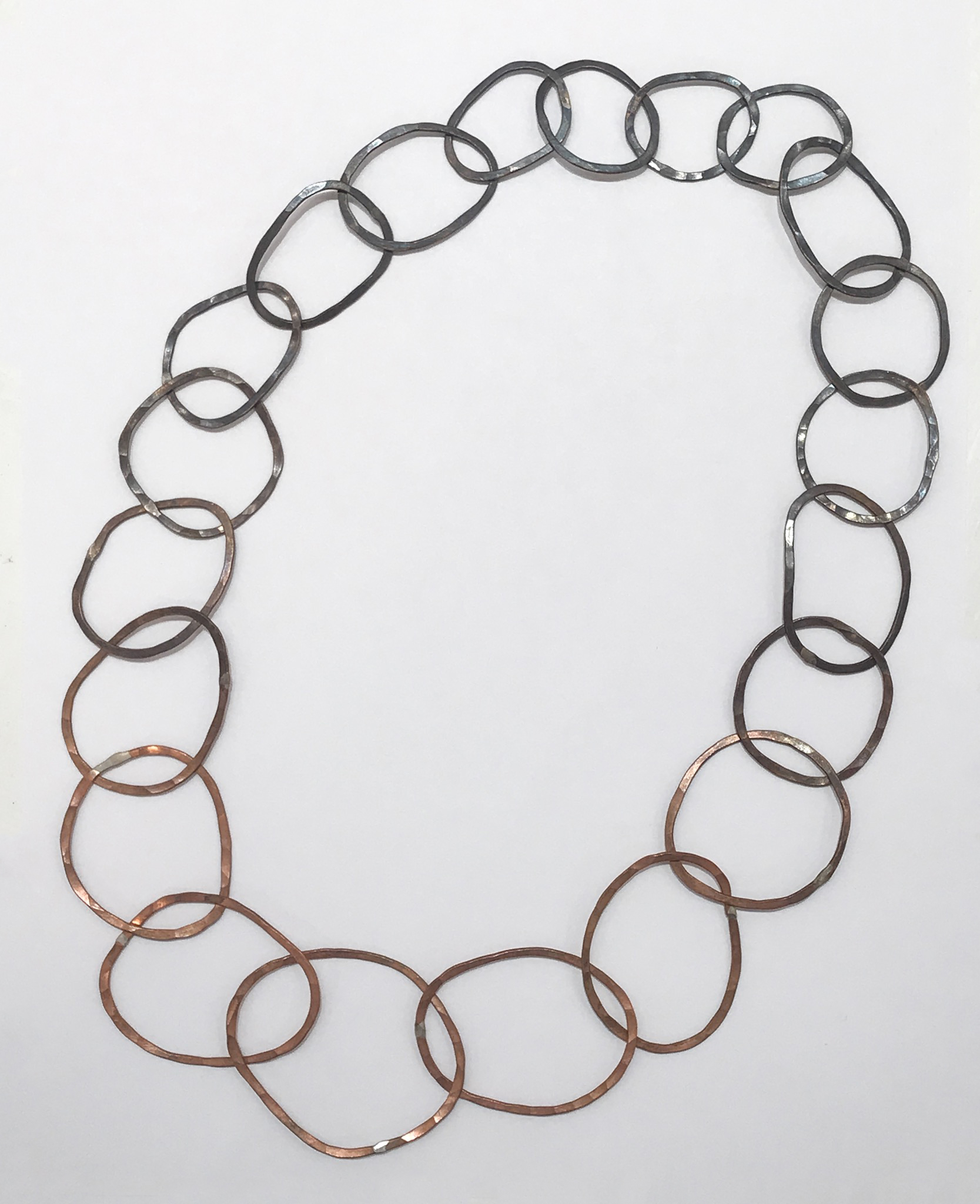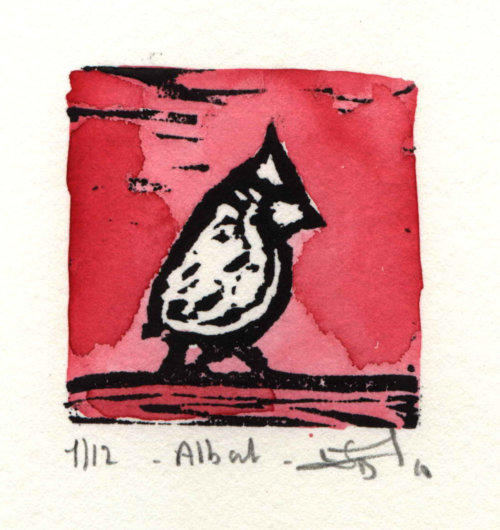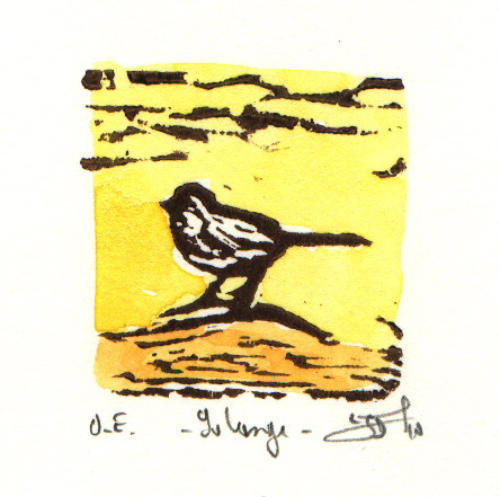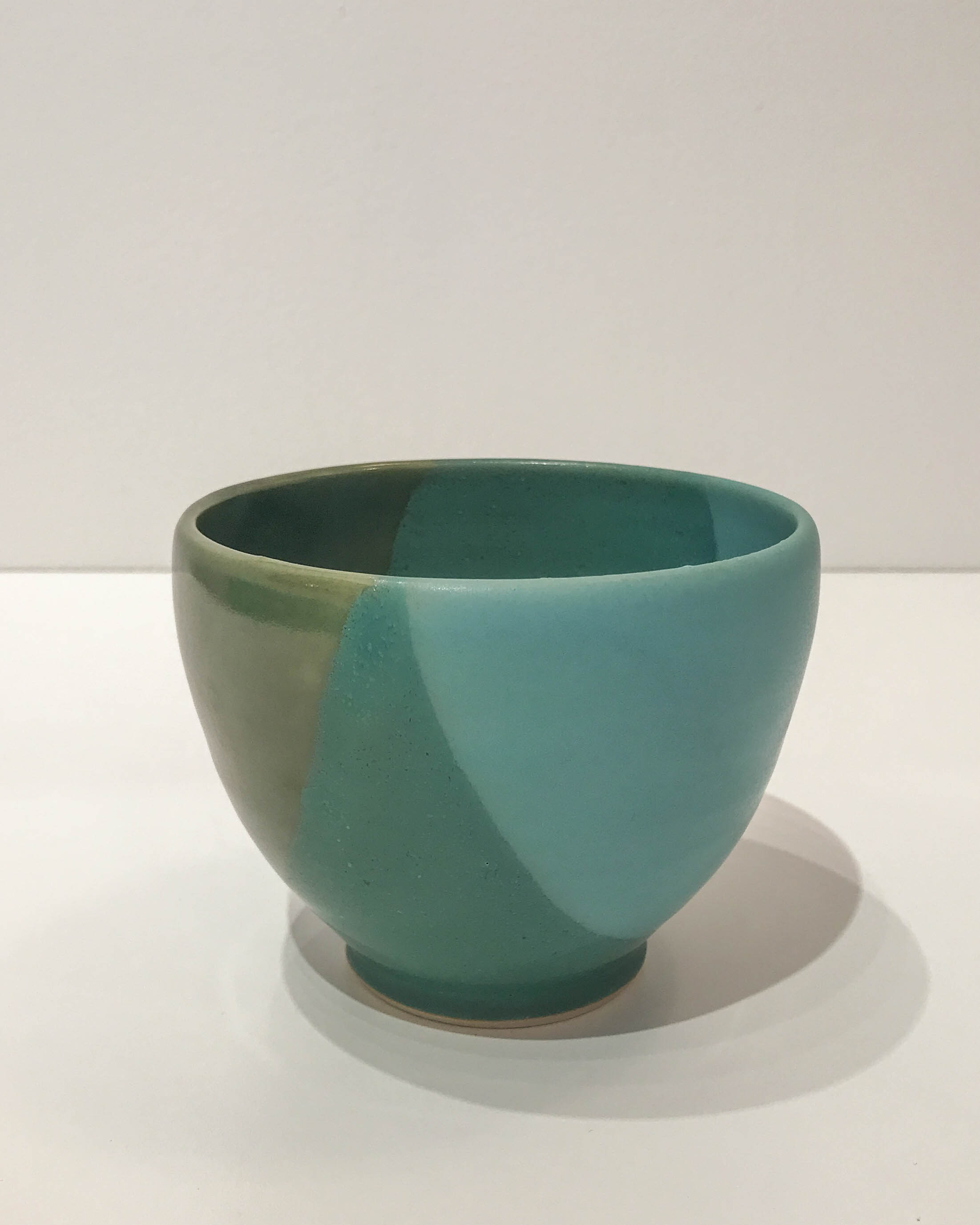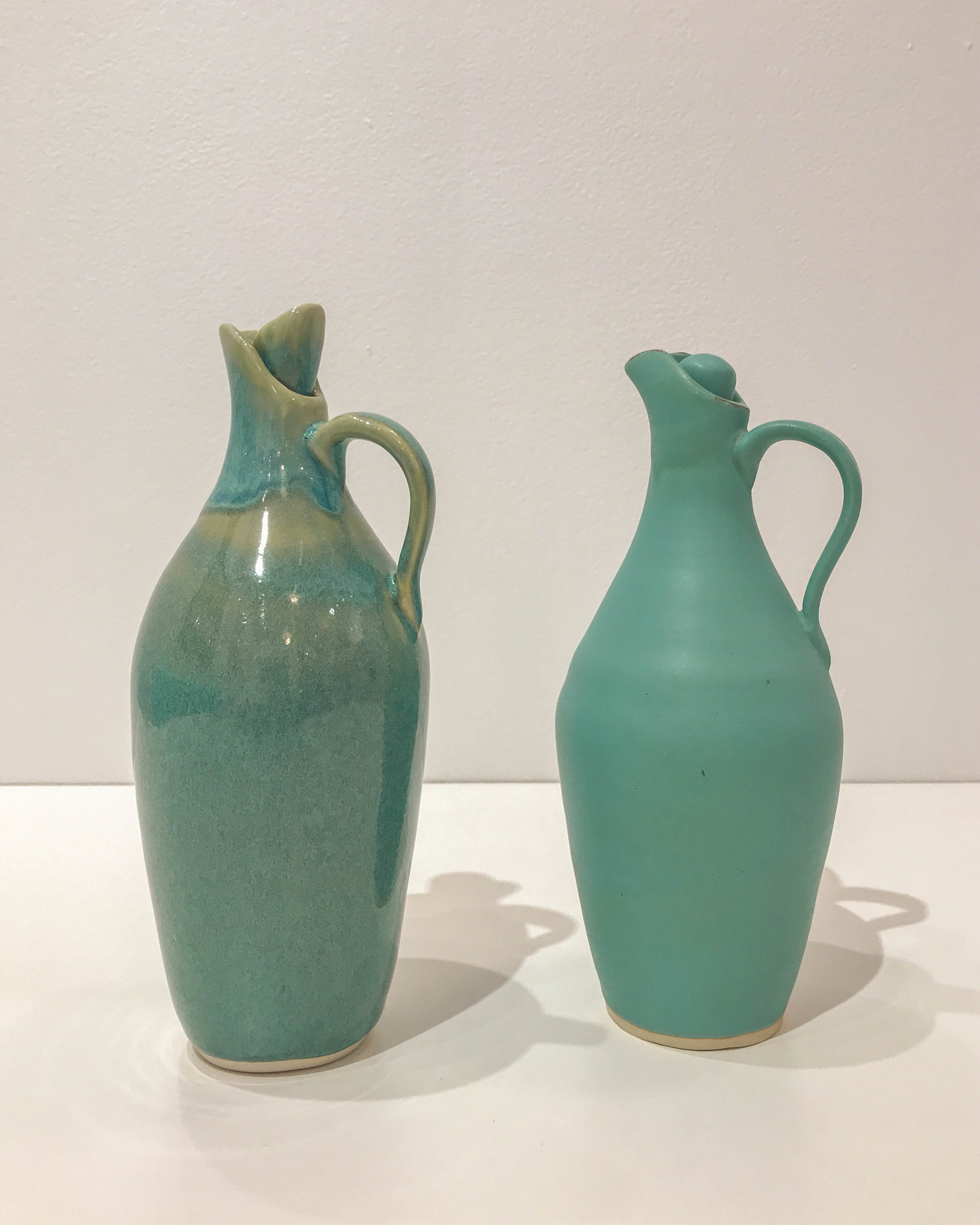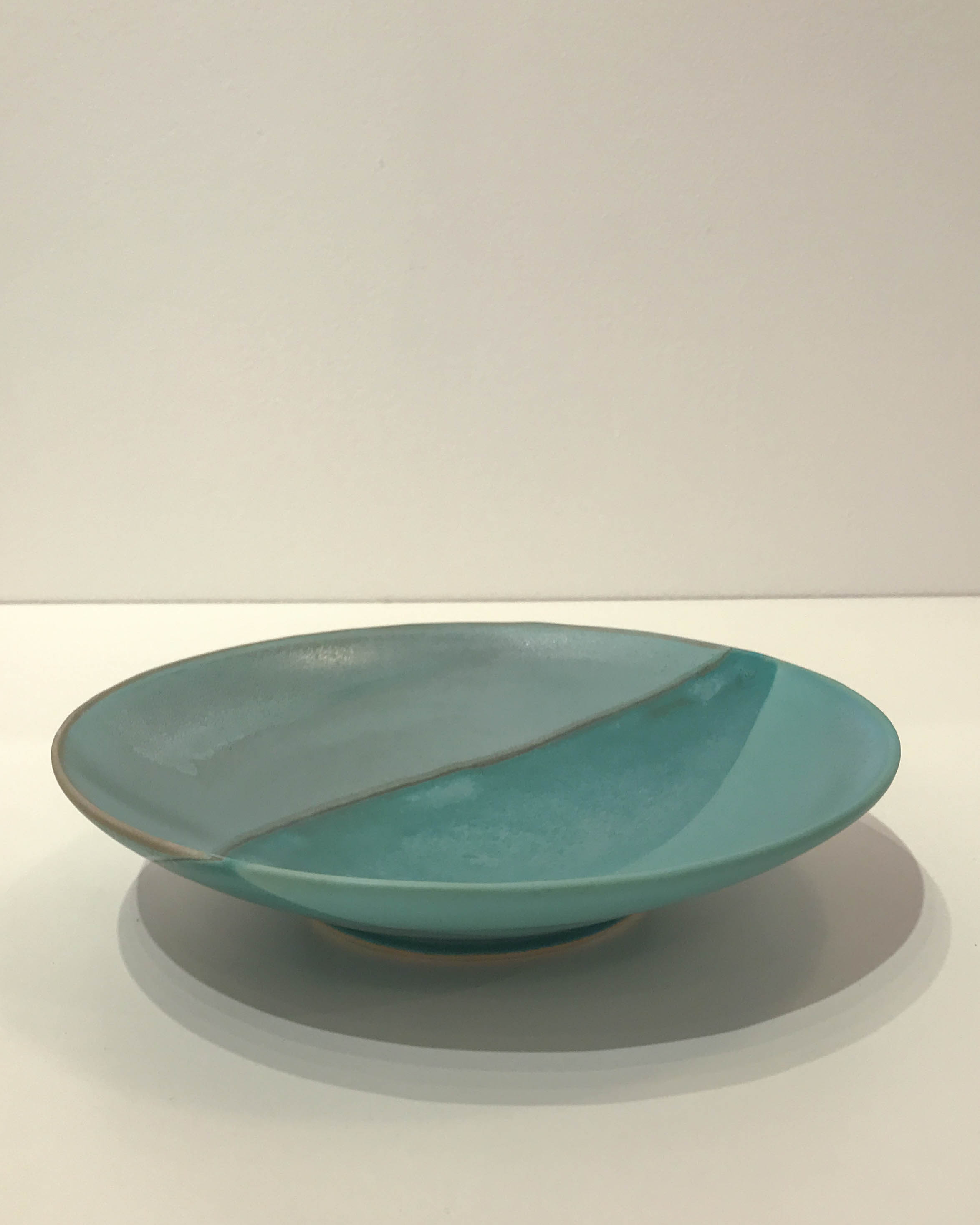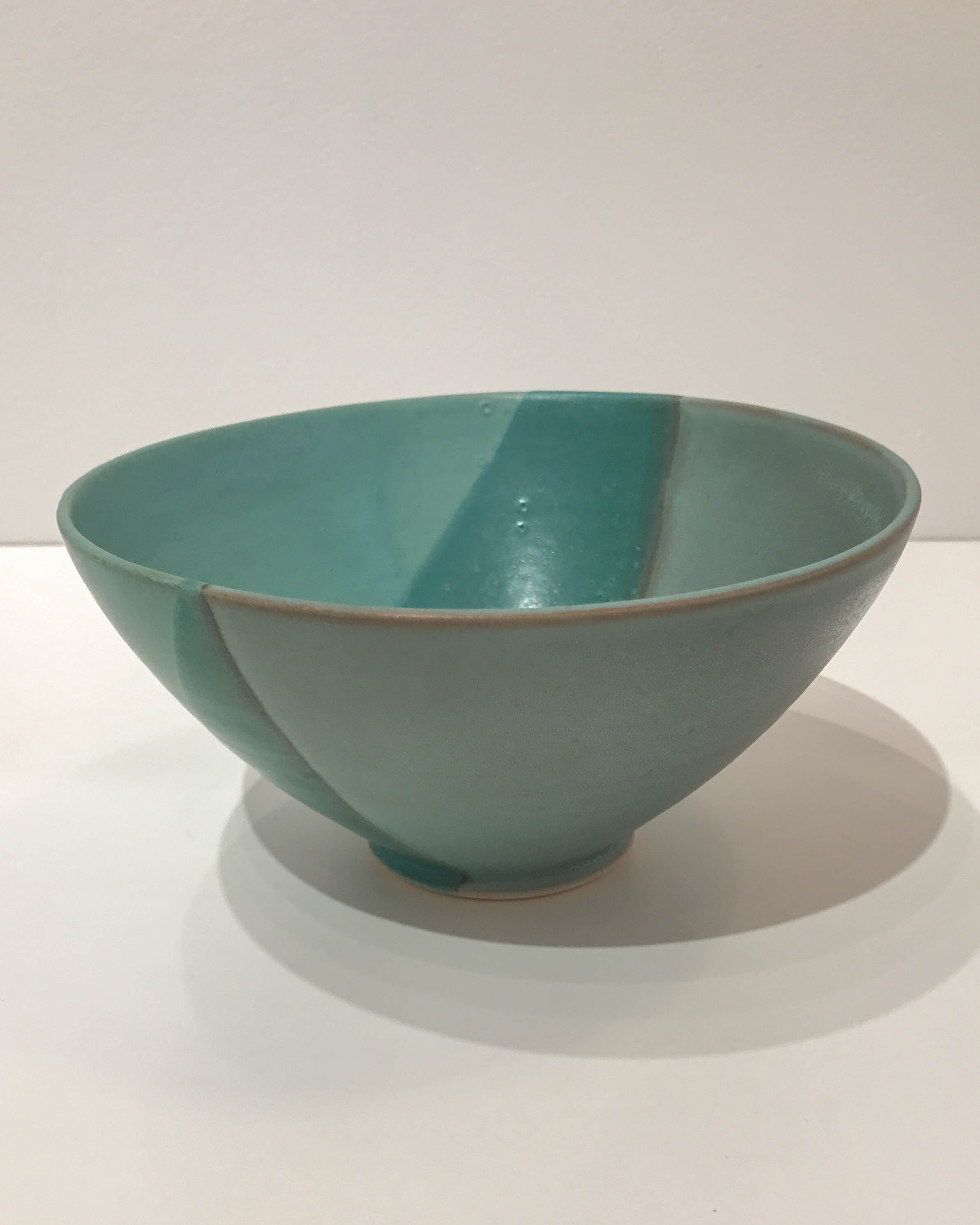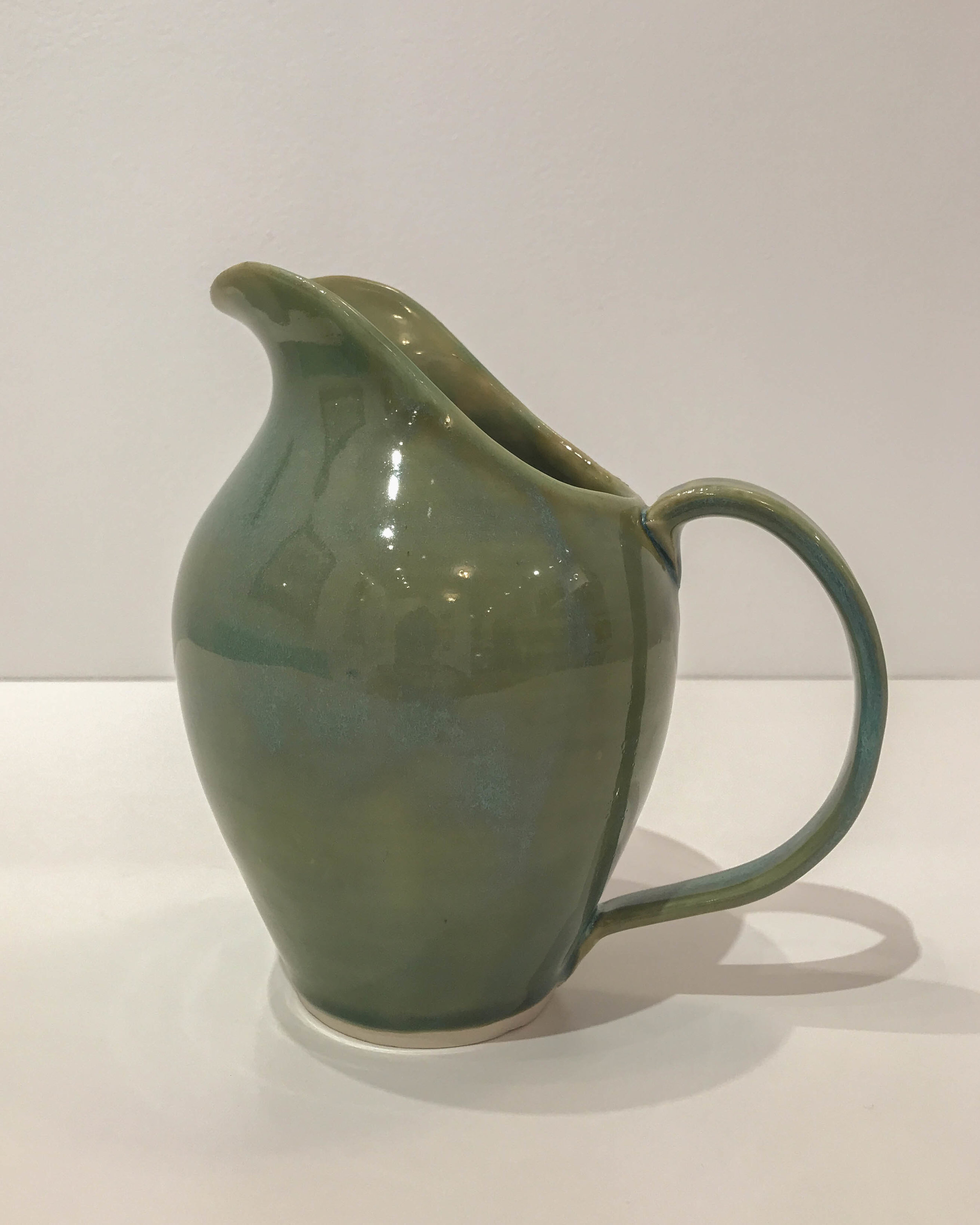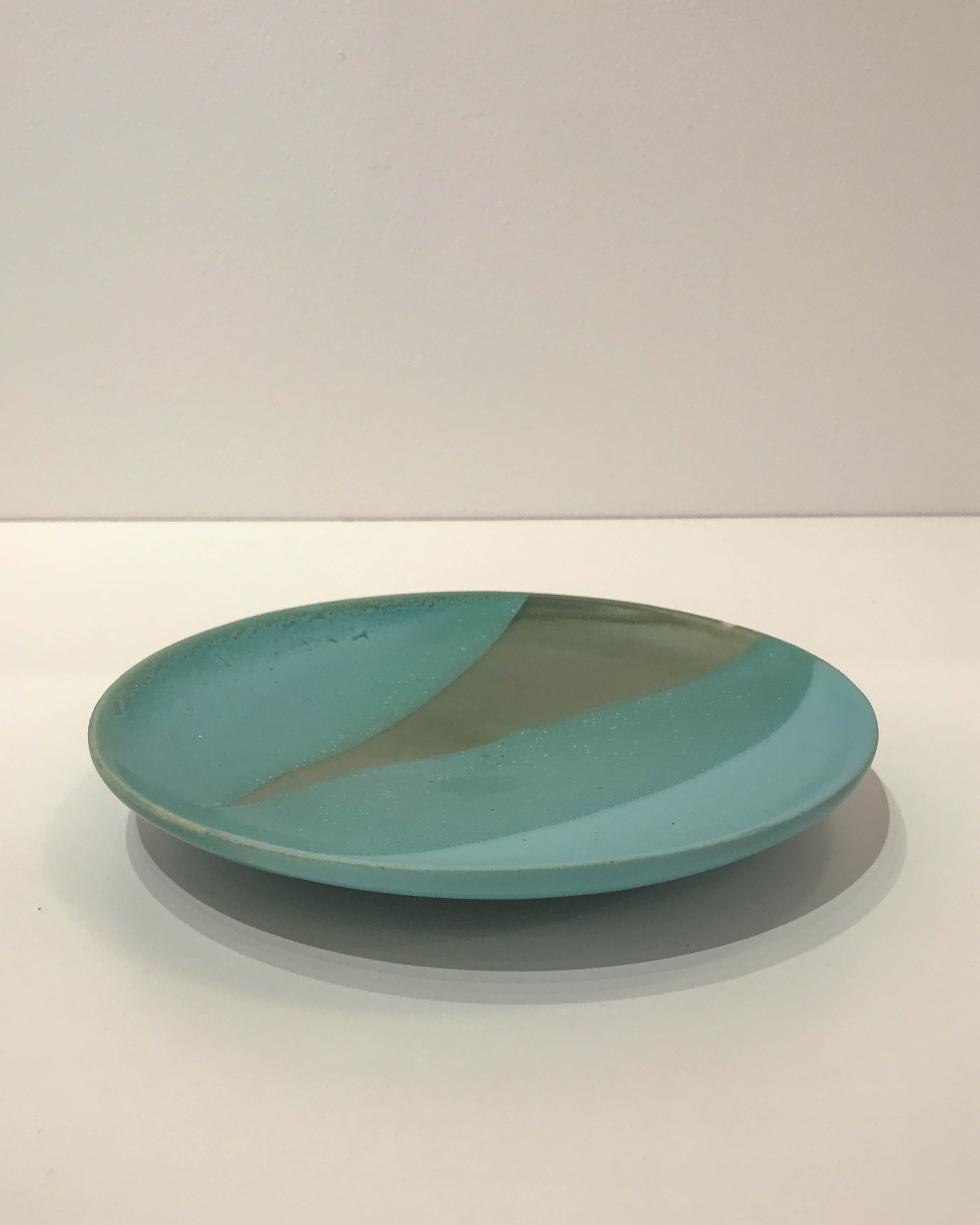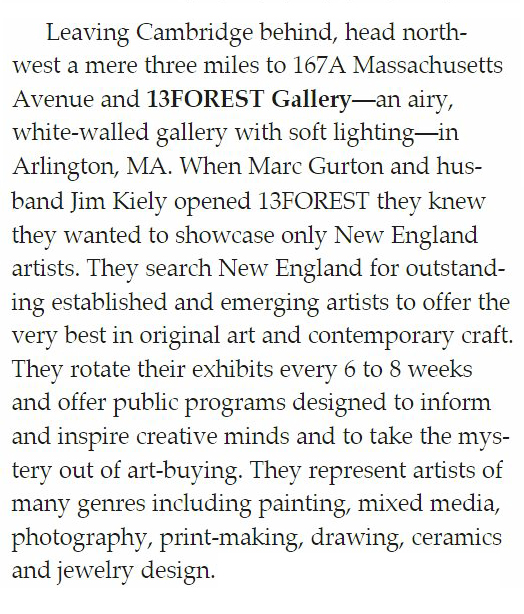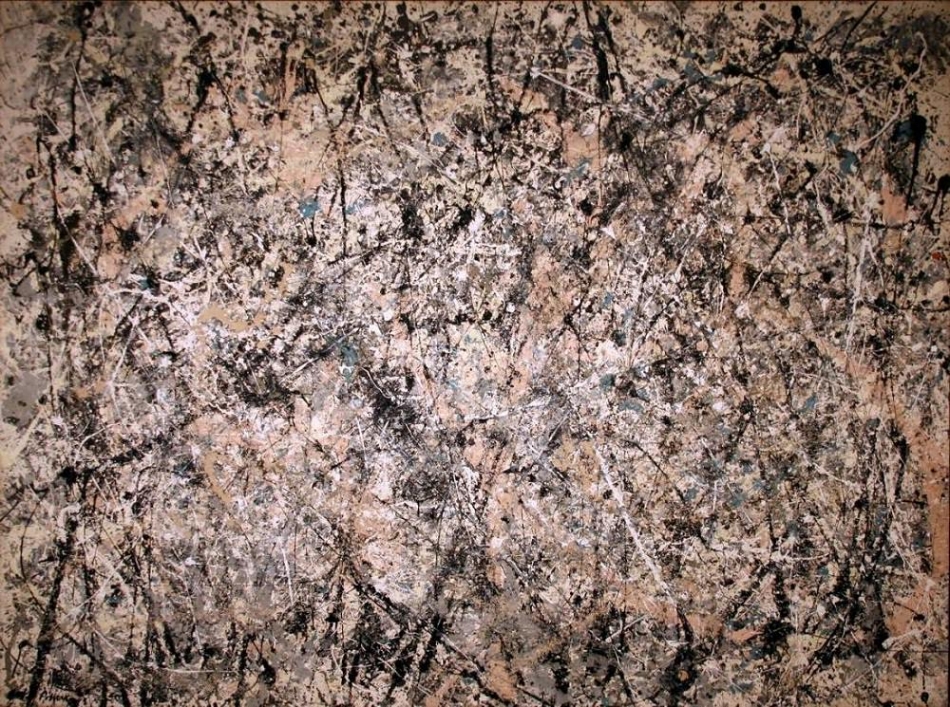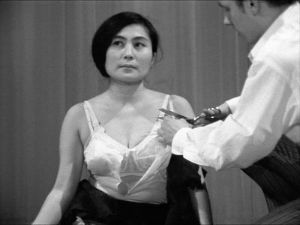13FOREST Gallery’s current exhibition State of the Union features paintings, prints and installations by six artists who capture a portion of the confusion, antagonism and alienation that currently define our nation’s political landscape. We are indeed a nation divided. Citizens are turning away from each other along lines of race, income, religion, gender, sexual orientation and other differences that could otherwise be the nation’s source of vitality. It is a situation with a result that makes the problem only worse.
On Saturday, November 4 from 4-6 pm we invite everyone to a special two-part program that outlines our political reality and a means to alter it for the better. Following refreshments, artists taking part in State of the Union will discuss their work as portrayals of the ill of contemporary America. Following them, we will present Baruti KMT-Sisouvong, Director of Cambridge’s Transcendental Meditation Program, who holds that, if there is to be change, it will arise from personal peace, openness to possibilities and ongoing contact with others – particularly people unlike ourselves. This event will be challenging in its political diagnoses and no less so in its appeal to personal action.
About the artists:
Andrew Fish studied at the School of Visual Arts, New York and Middlebury College. He lives and works in Somerville, Massachusetts. Fish is interested in depicting and responding to his surroundings as a documenter of contemporary life. As an artist living in an Instagram world, Fish reacts to the ephemeral nature of digital photography by celebrating its popular motifs and rejecting its immediacy.
Joe Keinberger grew up in Hingham, Massachusetts, before attending Massachusetts College of Art and Design in Boston. He now lives in Somerville where he paints and illustrates out of his hidden studio deep below the earth's crust. Keinberger works primarily in ink and acrylic, doing loose ink drawings on top of built up texture of acrylic and assorted dry media.
Ted Ollier is a printmaker and conceptual artist working in Medford, Massachusetts. Ollier teaches letterpress and design through the Harvard Extension School at the Bow & Arrow Press in Cambridge, and is the Pressmaster of Arbalest Press in Charlestown. Ollier's work is concerned with consensus reality and how it is affected and shaped by data.
Dorothea Van Camp studied at the Rhode Island School of Design and the College of Design, Architecture, Art & Planning at the University of Cincinnati. She currently lives in Boston, Massachusetts. Van Camp focuses on the printed mark in her work, using vector-based computer drawings to suggest the intersection of the body with technology.
James Weinberg is a designer, illustrator, and artist based out of Somerville, Massachusetts. Weinberg creates silkscreen prints inspired by natural history, folk-art, printed ephemera, op-art, and old advertisements. His work has been featured on book jackets, posters, and music packaging. His work has been featured in the AIGA BONE show and 50 Books/50 Covers.
About Baruti KMT-Sisouvong:
Baruti and his wife, Mina, serve as co-directors of the Transcendental Meditation Program in Cambridge and the larger metropolitan area of Boston, Mass. He is also the founder of Radical Scholar, Inc., a non-profit educational corporation that brings together information and diverse thinkers to develop critical questioning as well as positive personal and social change. Baruti is the researcher, producer and host of Connecting the Dots (ConnectingtheDots.org), a podcast exploring surprising connections between spirituality, science and world affairs.
After a few years in the corporate environment, including stints with CIGNA and MassMutual, Baruti matriculated at Georgia State University, where he received Bachelor degrees in History and Sociology and served as president of the school’s Black Student Alliance. In 2009, Baruti earned a Master’s degree in Vedic Science, the Science of Consciousness, from Maharishi University of Management in Fairfield, Iowa, where he is now completing his Doctoral dissertation on Mystical Experiences among Early and Modern Freemasons and Rosicrucians. As Baruti continues his research, it is his sincere hope that many will develop a new appreciation for early ideas, idea generators and their associated mystical experiences as valid points of examination and action for continued evolution; both individually and collectively. Baruti may be found on social media at the following locations:
YouTube.com/BarutiKMTSisouvong
Linkedin.com/in/baruti
Facebook.com/baruti
SnapChat: @IAMBaruti
Instagram: @baruti
Twitter: @baruti

